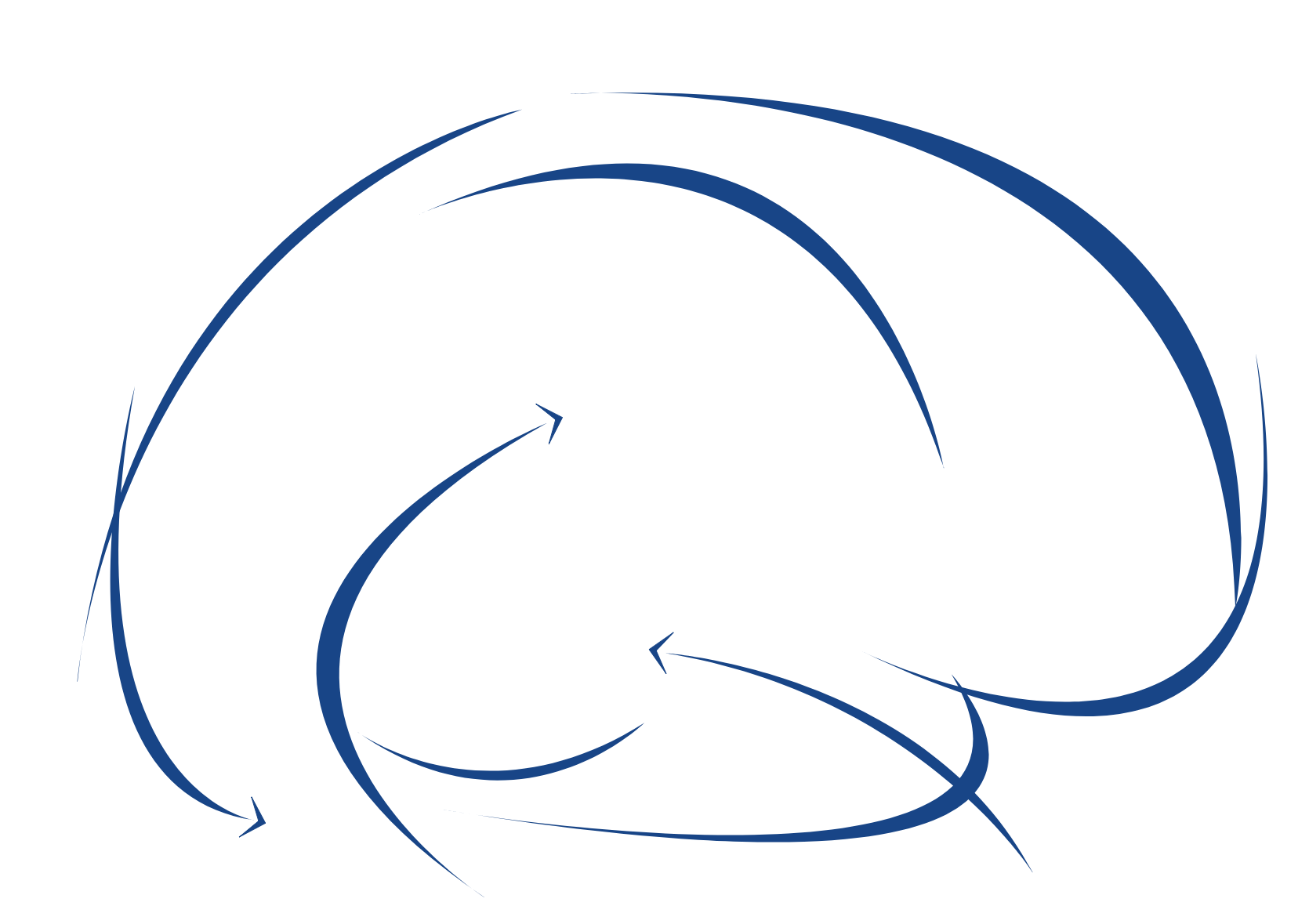Fabrice Wendling | ''Neurostimulation for diagnosis and therapy in epilepsy: from “in silico” models to “in vivo” applications''
Directeur de recherche Inserm
Head of team SESAME : "Epileptogenic Systems: Signals and Models"
Inserm 1099 - Signal and Image Processing Laboratory - University of Rennes
Abstract: Neurostimulations can be used to probe neuronal circuits. Using a computational modeling approach in combination with in vivo and in vitro electrophysiological recordings, we showed that extracellular local bipolar stimulation at low intensity allows preferential activation of GABAergic interneurons. From this procedure, we devised a quantitative index that reflects the excitability of locally-stimulated neuronal networks (the neuronal network excitability index or NNEI). The NNEI is computed from stimulation-induced responses recorded as extracellular signals (Local Field Potentials, LFPs) evoked with optimally-tuned intensity and frequency parameters. The proposed probing method can be used to identify hyperexcitable brain regions in patients with focal epilepsy.
Therapy. We study the effects of local direct current stimulation (LDCS) effects on hyperexcitable tissue, by i) analyzing the impact of electrical currents locally applied on epileptogenic brain regions, and ii) characterizing currents achieving an “anti-epileptic” effect (excitability reduction). First, a neural mass model of hippocampal circuits was extended to accurately reproduce the features of hippocampal paroxysmal discharges (HPDs) observed in a mouse model of epilepsy. Second, model predictions regarding current intensity and stimulation polarity were confronted to in vivo mice recordings during LDCS. Simulations showed that significant decrease of simulated HPDs (in duration and occurrence rate, not in amplitude) could be obtained for specific configurations (electrode position, polarity, intensity). Predictions were successfully verified experimentally in epileptic mice. Results provide support for further model-guided design of neuromodulation therapy.
For any question, feel free to contact:
Benjamin Morillon (bnmorillon@gmail.com) or Adam Williamson (adam.WILLIAMSON@univ-amu.fr)
